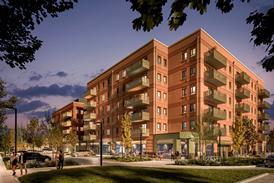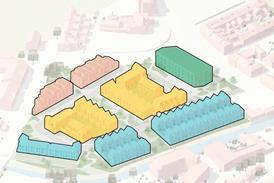- Home
- Intelligence for Architects
- Subscribe
- Jobs
- Events

2025 events calendar Explore now 
Keep up to date
Find out more
- Programmes
- CPD
- More from navigation items
Tonkin Liu notches up second Stephen Lawrence Prize

Practice’s Water Tower project creates ‘ingenious eco-build’ family home
Tonkin Liu Architects has won the 2021 Stephen Lawrence Prize for its conversion of a steel water tower in rural Norfolk into a unique family home.
It is the second time the practice has picked up the prize, which targets projects with a budget of less than £1m. Its first winner was Old Shed New House in 2018.
The Water Tower beat projects by Craftworks, Denizen Works, Dow Jones Architects, Adam Richards Architects and Tsuruta Architects.
…
This content is available to registered users | Already registered?Login here
You are not currently logged in.
To continue reading this story, sign up for free guest access
Existing Subscriber? LOGIN
REGISTER for free access on selected stories and sign up for email alerts. You get:
- Up to the minute architecture news from around the UK
- Breaking, daily and weekly e-newsletters
Subscribe to Building Design and you will benefit from:

- Unlimited news
- Reviews of the latest buildings from all corners of the world
- Technical studies
- Full access to all our online archives
- PLUS you will receive a digital copy of WA100 worth over £45
Subscribe now for unlimited access.






